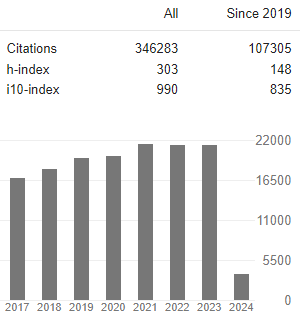On fault feature extraction and diagnosis of rolling bearing under powerful noise
Abstract
Wei Wang and Yongjian Sun
Rotating machinery is an important equipment in modern industries, which is widely used in aerospace, metallurgy, electricity, mining, railway transportation and other industries. The rolling bearing is widely used in large machinery, especially in rotating machines, such as highly operating precision, low price. The operating status of the rolling bearing is about the safety and reliability of the entire mechanical system, directly affects the overall performance, work efficiency and service life of the equipment. The rolling bearing is one of the most widely used key components in the rotating machine. The harsh working environment leads to its fault, which affects the operation of the entire equipment, which causes the entire production chain to stop production, causing certain economic losses, and the weight is caused Disastrous casualties and serious social hazards. Therefore, the research on the problem of rolling bearing fault diagnosis is carried out, especially for the study of early fault diagnosis and is important for scientific theory and engineering application value. Because the scroll bear generates impact vibration when the scrolling bearing occurs normally or fails, bearing status recognition and fault diagnosis can be achieved by the detection signal containing a fault impact. In order to influence this influence, this paper will study the extraction and diagnosis of the rolling bearing fault characteristics under strong noise conditions, and use the method of extracting sample entropy characteristics on the rolling bearing vibration signal, and is shown in different conditions, and the vibration signal data sample entropy is entropy. The general range and the distribution of its entropy values is expressed by the box line map. In response to noise under different signal-to-noise ratios, the effect of studying its impact on the type of diagnosis of rolling bearing and its change law.



